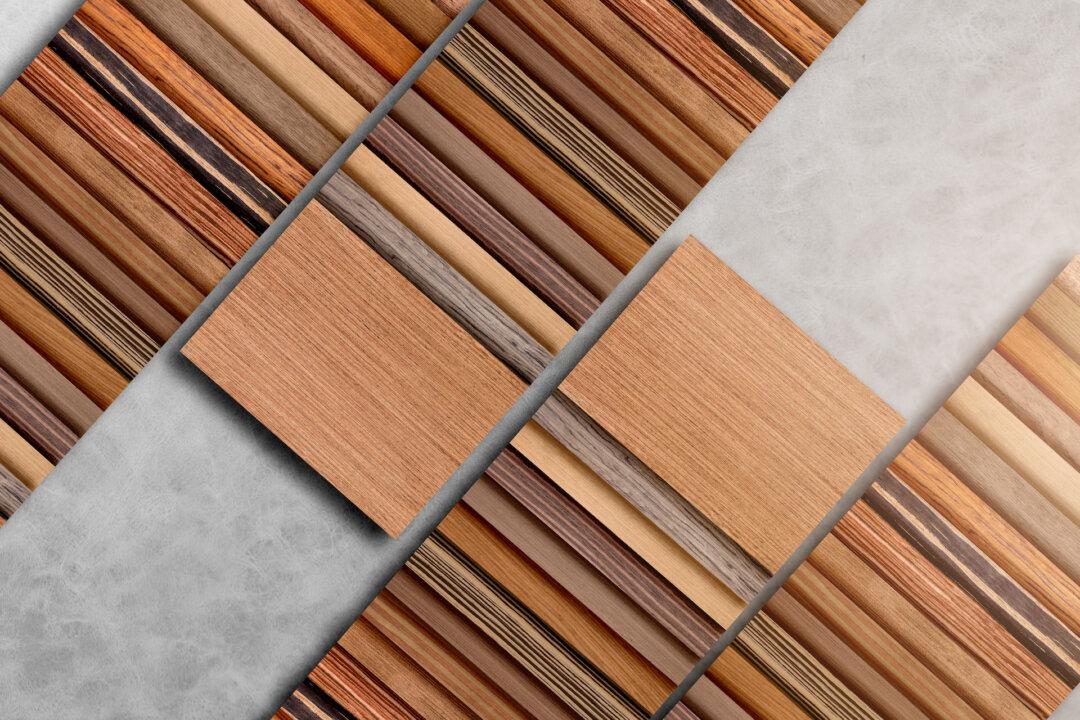One of the key design considerations to avoid overflow problems is selecting gutters that are large enough for the size of your roof and the typical intensity of rain in your area. Once the gutters capture this water, a properly sized underground drainage system is needed to carry the water away.
Depending upon the type of soil and the slope of the land around your house, you may be able to get by with splash blocks if you are on a tight budget. The water from the downspout just drops onto blocks and is dissipated into the ground.
This is most effective in areas with well-drained, loose soil and climates with little rainfall. This does not work well with hard clay soil because the water just runs off over the ground surface. Even if the ground slopes away from the house walls, it will eventually erode ruts in the ground. One inch of rain on the roof of a 2,000 square foot house results in 1,000 gallons of water that must be carried away.
The best method to eliminate overflow problems for any climate and soil condition is to install a satisfactory drainage system initially. It will take some time to properly evaluate the lay of the land for the best water path, and it may take a few more materials, but the overall additional cost is not large.
If you can run the roof drainage directly into the city storm sewer system, this is the simplest method to use. Unfortunately, many municipalities do not allow this method. The other option is to drain into a low location on your lot far from your house. Be aware of your neighbors’ houses because you don’t want to flood their houses with water from your house.
Once you and your builder have determined the best path and outlet for the drainage system, discuss the drainage pipe to be used. Builders typically use black corrugated or 1,500-pound crush weight drainage pipe. It may not hold up for the life of your house and the corrugated type is particularly difficult to clean out.
A better pipe to use is schedule 40 PVC pipe. This is the same type used inside of houses. It has a very thick wall that can easily withstand the weight of the soil above it. Each section is solvent-welded together to eliminate leaks. Leaky spots in drainage pipes tend to attract tree roots, which eventually grow and can break right through the pipe. Another pipe option is SDR 35, which has a slightly thinner wall.
When the drainage pipe is laid in the ground, try to minimize the number of bends. If a right-angle bend is required, use two 45-degree elbows with a one-foot straight section between. This tends to reduce clogs.






